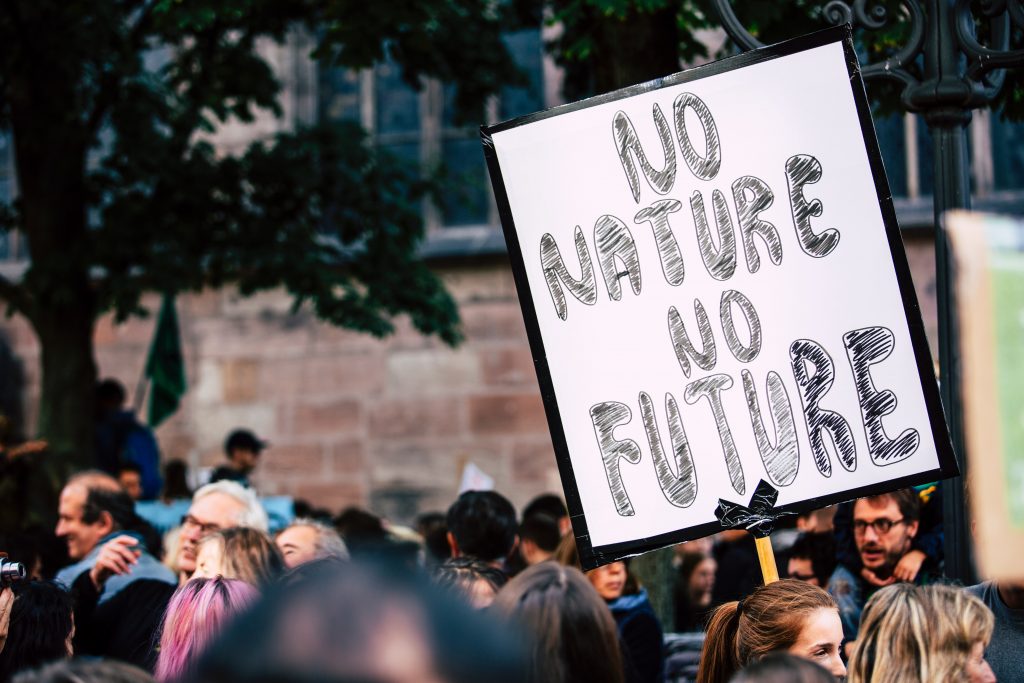In the rapidly moving global news world, last Monday seems a long time ago. Yet it really was just over a week ago when the Intergovernmental Panel on Climate Change’s (IPCC) latest report was published. This terrifying report laid bare the reality of the climate crisis, forcing news channels to report on this issue for at least 24 hours. While it was quickly replaced as the top news story, the news the IPCC’s report brought to the attention of the public must not be ignored.
Why now?
For decades now, scientists have known about the effect humans are having on the global climate. Until now, we have had data that allowed us to estimate what the future of the planet might look like should climate change continue to worsen. Climate experts and environmental campaigners have been trying to make themselves heard by people who have the power to make changes that might help us to avert a climate catastrophe that is waiting just around the corner. In a world where short-term economic gain takes precedent over the long-term viability of life on Earth, humanity’s journey through the climate crisis has, largely, been one of wilful ignorance. Despite stark warnings about the dangers of ignoring the warning signs, fossil fuels continue to be extracted from the ground, habitat destruction continues at unprecedented rates, and the number of microplastics in watercourses continues to skyrocket. Even when faced with the consequences of these actions in the form of record-breaking floods and heatwaves, still there seems to be a reluctance to make the changes necessary to prevent us heading further in the wrong direction for the future of the planet.
What did it tell us?
The biggest takeaway from the IPCC’s latest report is that we must do everything we can to limit global temperatures rising 1.5°C above current levels. The good news is that this is achievable, but only if action is taken swiftly and decisively. Maisa Rojas, one of the co-authors of the report and director of the University of Chile’s Center for Climate and Resilience Research in Santiago, confirmed that keeping temperatures below this crucial threshold was possible, but that it would require, “immediate, rapid and large-scale reductions of all greenhouse gases”.

Photo by Markus Spiske on Unsplash
What can we do to avoid the climate crisis?
One of the biggest producers of greenhouse gases is food waste. This may not be the first thing you think of when you consider greenhouse gas generators, with billowing smoke from power stations no doubt coming to mind first, but waste food is an issue that needs addressing if we are to limit climate change. In fact, according to Project Drawdown, a non-profit seeking to help educate people about climate solutions, reducing food waste is the solution that could reduce the production of more CO2 than any other solution. The reason for this is that reducing food waste would involve making a range of processes that occur every single day all around the world more efficient. If we only produced the food we needed, rather than producing more than we need and roughly a third of it going to waste, so much fewer land, water, and energy would be required. Imagine taking the vehicles off the roads and out of the sky that transport a third of all food – that would avoid a lot of food miles!
Reducing food waste is a big challenge, but one that every single one of us can help to accomplish. Another way in which food waste produces greenhouse gases is when it biodegrades. Food that goes to landfill breaks down and produces methane, a greenhouse gas that is 30 times more potent than CO2 in terms of its contribution to the enhanced greenhouse effect, leading to global warming. By reducing the amount of food we throw out each day we can all play our part in trying to protect the planet.
What is Vitabeam doing to help avoid the climate crisis?
One of the biggest causes of food waste is it going bad due to bacteria and mould before it can be eaten. Many food producers try to extend shelf-life of their food by using chemical washes and irradiation to kill these pathogens, but Vitabeam has a better alternative. By harnessing the incredible properties of the unique light wavelengths emitted by Vitabeam’s technology we can kill pathogens without using chemicals or irradiation that could harm workers and consumers.
By utilising the technology available to us, we have a great chance of keeping our planet’s health in check. It’s crucial that we all take responsibility for the planet that sustains us, and work hard to protect it.
